One of the things about J&K's winter is that it dampens spirits and morale. Bone chilling cold reduces human efficiency and all analyses of the situation tend to be negative. Unlike what a lot of people imagine as a period of quiet in the Valley, it can many times be a period of very high turbulence as terrorists are usually holed up in hideouts at the Valley floor. That means the density of terrorist footprint is higher and if intelligence is commensurate it's usually a high achievement period for the security forces (SF). However, the Kashmir scenario is no longer 'only' about SF operations and reduction of strength of terrorists. There earlier existed a strategy which took into account the terrorist presence as the only issue of challenge. It marginally altered from summer to winter and seldom went beyond a vision of more than six months to a year. This was not something unusual applicable only in India. The kinetic approach to counter terror operations was almost a worldwide phenomenon, from Colombia to West Asia and from Turkey to the Philippines, governments continued to believe that the elimination of terrorists would guarantee peace and stability little realising that terrorism or its virtual euphemism insurgency could never be subdued only by kinetic means. The existence of a system, of which violent terror activity is only a subset, makes possible the continuation, sustenance or bouncing back of such movements. Although the system bears no official terminology it's often referred as the eco-system of terrorism. It's what facilitates hybrid conflicts where terrorism and other sub conventional domains form the essential elements.
In the context of J&K the eco-system comprises six domains. First, there is a large array of human resources further comprising terror groups, both local and sponsored foreign (read Pakistani) ones and over ground workers (OGWs) who may be businessmen, financiers, politicians, government servants, media persons, academics, other intellectuals and ideologues. They indulge in supporting the terrorists even as they pursue their normal lives and little or nothing can be found against them from a legal angle. Arrested or detained from time to time they are released by the judiciary for want of evidence.
Second, there are networks which are involved with supply of war waging wherewithal; guns, ammunition and explosives for IEDs. Some of it comes from across the LoC through infiltrating groups. The control over infiltration has resulted in partial drying up of this source. Much of it comes from the Jammu region across the IB sector where the depth of the counter infiltration grid is far less. It is clandestinely transported by trucks across the Pir Panjal; physical check of the hundreds of vehicles being difficult this is a chink in the system of the SF. Besides all this, there is rumored to be large caches existent in the Valley collected over years of effort but there is little evidence to support this.
Third is the financial support system with black money, legitimate international transfers to OGWs which for many years escaped the government dragnets, cash from the Pakistan High Commission and some amounts from drug networks which are usually present in all such situations. Finance is the key to sustenance of the movement and facilitates even pension for families of killed terrorists, facilitation of stone throwing and LoC crossings with help of guides. The recent sting operations of the India Today media group bear testimony to the importance of finance as an essential element of the eco-system.
The fourth domain is that of ideology involving both religious belief and political inclination towards separatism. The idea of the possibility of 'azadi' being achievable was and perhaps remains a major driver on which Pakistan centres its campaign although it actually works towards secession of J&K to Pakistan; 'azadi' and self-determination being considered facilitators and a via media to ultimate secession. Religious radicalism aims to take the Valley as far possible from Sufi belief of middle path and acceptance which is believed to militate against Pakistani interest and veer towards Indian secular belief. The issue of ideology also finds another driver to facilitate the Pakistani aim and focus. This is 'alienation' or ensuring that no positive inclination develops towards India and its people, a state of perpetual confrontation is painted to the entire world and triggers are exploited from time to time to give it greater effect.
Fifth is the domain of information and influence which acts as the facilitator to keep alienation against India intact. Social media is a great facilitator of this as are Friday prayers and any other physical meetings. The separatists all these years ran an effective word of mouth information system and employed even loudspeakers at mosques to spread discord against India. The print media, available in the Valley in abundance has always been a major facilitator of spreading anti-India discord. Even the mainstream political community rarely ever has a positive word to say about the nation (India) to which its members belong. It was never considered politically correct to display open patriotism for the nation because that would not fetch votes.
The last of the domains is that of the common people of Kashmir. I term this the centre of gravity around whom the entire hybrid proxy conflict revolves. The side the people will tilt towards will decide the final outcome. It happened that way in Punjab too, through the Eighties and early Nineties.
It would be sacrilege to state that success has eluded the Indian government and security establishment in the last thirty years. The Army with full government backing has achieved much in the neutralisation and reduction in the residual strength of terrorists; the intelligence agencies and the police forces have admirably supported this. Yet, this success has targeted only one subset of the eco-system, the human resources and that too only the terrorist cadres. Political and strategic naïveté, imagined consequences of bold actions and inability to comprehend the full dimension of counter hybrid war has characterised Indian response to Pakistan's proxy hybrid war. Political initiatives were long awaited but decisions were mired in perceived mayhem that would follow.
The decisions of 5 Aug 2019, to abrogate Articles 370 and 35A were bold and difficult political decisions, fully laden with risk, something reasonably unexpected, given the handling over thirty years. The Central Government took this risk, catered well for the fallout from a security point of view but now has to contend with much more to take this to a fully favourable situation. We are yet at less than half way stage. There are the security, political, economic, diplomatic, information and people's domains which all need to be addressed continuously and imaginatively for fairly long if we wish to take the bold decisions to a successful culmination.
The security domain does not need much advice as experience plays a major role in the way the army and police handle the situation. However, infiltration needs to remain under control as much as local recruitment does. OGWs need identification and marginalisation, especially the bigger fish. Grassroots politics needs to return to rebuild confidence. Extending detention of mainstream politicians appears self-defeating as it plays against India's positive international image. The risk taken in arriving at the bold decisions of 5 Aug 2019 needs replication here too. Efforts should be made to bring different communities of Kashmiris and people of Jammu closer to each other. Perhaps as mundane a step as mutual adoption of towns (Samba & Anantnag, Baramula & Udhampur) could contribute to reduce mutual angst over time. The finances of all suspicious elements need to be brought under surveillance to prevent terror financing and this domain must be under 24x7 focus. Diplomatically even our embassies need to be made better aware of the areas of focus which will assist their ability to cultivate and lobby opinion in the right quarters.
Currently the focus is a little skewed and lacks a professional view of Kashmir from a national security angle. The world media and concerns are all about issues people have little knowledge about. Old narratives such as plebiscite, UN resolutions and their implementation and human rights have been reinvented while we are harping on Articles 370 and 35A alone. This intrinsically connects to the information game. Both the internal and external environment have a need for further professionalisation of India's counter information capability. Sadly, we have not exploited this domain- a recent study by an Indian think tank indicates how India should develop its information warfare capabilities1.
Last but by far the most important domain, that of the people. It needs just a mention of the concept which needs to be followed to address the people’s domain. Why the Indian state has been reluctant to do so has never been understood. There is a common saying among all avid observers of Kashmir - "everyone knows what should be done but no one knows how to do it and there is ever reluctance to take the initiative". Conceptually what the government needs to do is to upgrade the Army's military civic action (MCA) program, Operation Sadbhavana. It essentially means a few unrealised things. First is an acceptance that Operation Sadbhavana has been a runaway success at the tactical level for over twenty years. Second the need for adoption of this as a best practice but upgraded to the strategic level with ownership taken by the Government of India and the state government in partnership. That will hopefully translate into the proverbial 'all of government' approach that is often spoken about as a basic principle of counter hybrid warfare.
Delhi's political community needs to rally to a national calling by frequenting Kashmir and speaking to different segments of society; it perhaps is not aware of the impact it can make. The electronic media needs to realize its responsibility and follow the political community in engaging and facilitating dialogue between people. Jammu needs to speak to Kashmir and vice versa. Hate needs dilution and this applies across the board if one wishes positive results. The one thing which has died in the hearts and minds of the people is hope. It is hope if it can be rekindled that will deliver Kashmir and mainstream it to rest of India. Without that sentiment nothing much will be tangibly achieved.
References
- A recent issue of Synergy, the in house magazine of the Centre for Joint Warfare Studies (CENJOWS) is devoted to information warfare and how India needs to gear up its capability. A pdf copy can be accessed at https://cenjows.gov.in/synergy-detail?id=53
(The paper is the author’s individual scholastic articulation. The author certifies that the article/paper is original in content, unpublished and it has not been submitted for publication/web upload elsewhere, and that the facts and figures quoted are duly referenced, as needed, and are believed to be correct). (The paper does not necessarily represent the organisational stance... More >>

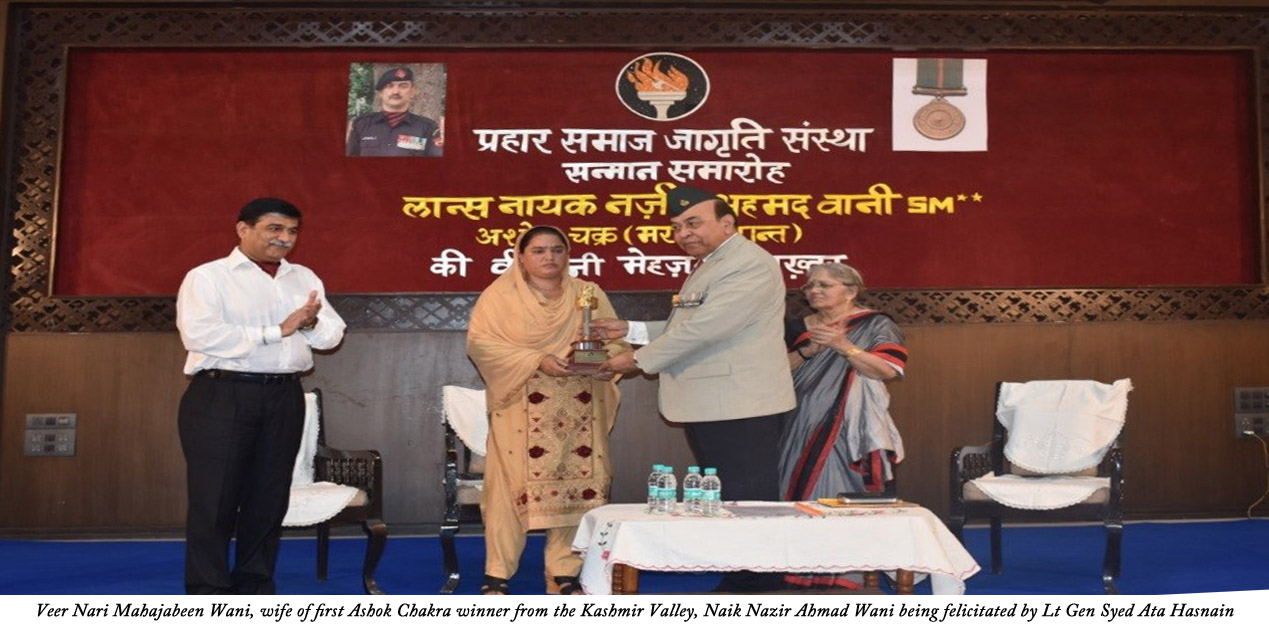
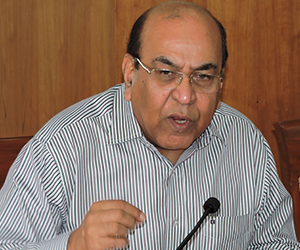

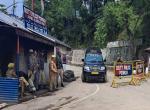


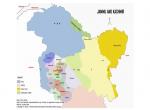
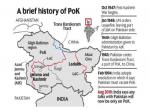
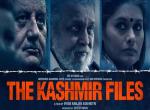
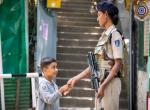
Post new comment